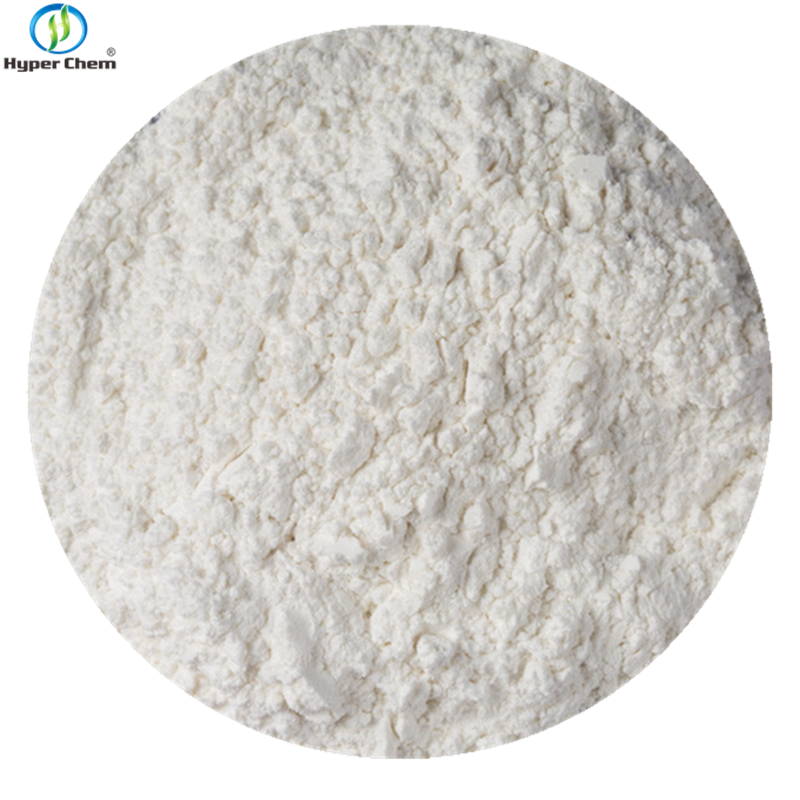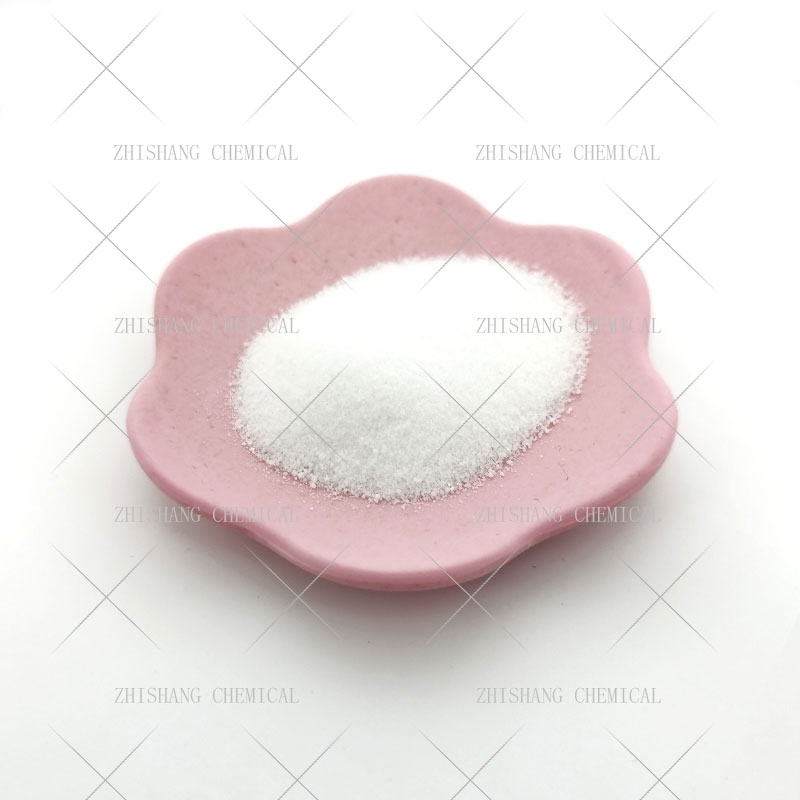-
Categories
-
Pharmaceutical Intermediates
-
Active Pharmaceutical Ingredients
-
Food Additives
- Industrial Coatings
- Agrochemicals
- Dyes and Pigments
- Surfactant
- Flavors and Fragrances
- Chemical Reagents
- Catalyst and Auxiliary
- Natural Products
- Inorganic Chemistry
-
Organic Chemistry
-
Biochemical Engineering
- Analytical Chemistry
-
Cosmetic Ingredient
- Water Treatment Chemical
-
Pharmaceutical Intermediates
Promotion
ECHEMI Mall
Wholesale
Weekly Price
Exhibition
News
-
Trade Service
Guide
The lifetime prevalence of urolithiasis is approximately 14% worldwide and continues to
rise.
Urolithiasis places a great burden
on the lives of patients.
Studies have shown that urolithiasis patients may also have serious psychological disorders, such as depression and anxiety, but have not yet formed a unified concept
.
Therefore, the researchers conducted a systematic review and meta-analysis of the relationship between urolithiasis and psychological distress, and analyzed the incidence of
psychological disorders in patients with urolithiasis.
The medical pulse is organized as follows
.
Urolithiasis affects about 14% of the global population and it is estimated that about 50% of patients relapse
within 5 years of the first episode.
Urolithiasis imposes a huge burden
on patients, both physically, mentally and financially.
At present, there is insufficient research on the psychological effects of urolithiasis in patients, and although there is evidence of an association between psychological distress and urolithiasis (pain, urolithiasis treatment, time to last stone, etc.
), there is no consensus
on the strength or directionality of these associations.
Therefore, the researchers carried out a systematic review and meta-analysis from the following four aspects to analyze the association between psychological distress and urolithiasis: 1.
the association between psychological distress and urolithiasis; 2.
the association between psychological distress and urolithiasis urological treatment; 3.
the association between psychological distress and observational waiting; 4.
What is the incidence of urolithiasis in various studies?
The researchers searched MEDLINE, Embase, Web of Science, and Cochrane Library databases up to March 2022 for a systematic review and meta-analysis
.
The study resulted in 49 peer-reviewed publications in which the researchers performed a random-effects meta-analysis to assess the association
between urolithiasis and psychological distress.
A total of 15 randomized studies, 16 non-randomized/quasi-experimental design studies, and 18 observational studies published between 1990 and 2022 were included, of which 46 studies assessed psychological distress with self-reported questionnaires, and three were diagnosed
by clinicians as defined by anxiety and depression as defined by ICD-9-CM or 10th edition (ICD-10).
Figure 1 Research screening flowchart
Psychological distress and urolithiasis
Overall studies have found that people with urolithiasis experience a higher
proportion of psychological distress compared to people with non-urolithiasis.
Two large cohort studies showed that the risk of anxiety increased to 50% and depression increased to 26%
in patients with urolithiasis over a 10-year follow-up.
Other studies have shown that patients with primary or secondary depression or moderate to severe depression are more likely to have urolithiasis
than controls.
Psychological distress and urological treatment
Studies have found that state anxiety scores and stone size prior to shock wave lithotripsy (SWL) treatment are associated with
recovery after SWL.
In addition, studies have also found that patients have a higher risk of anxiety after SWL compared with ureteroscopy (URS) or percutaneous nephroscopic lithotripsy (PCNL) (P<0.
001), and patients have a higher<b20> risk of depression after PCNL compared with URS or SWL.
Therefore, urology-related treatments may also cause psychological distress
in patients.
Psychological distress and waiting to watch
Only one study looked at the association between psychological distress and wait-and-see in people with urolithiasis, and the study found that state anxiety was higher at the end of the waiting period, and this trend was more pronounced
in men.
Proportion of patients with psychological distress
Due to the heterogeneity of the methods used to assess psychological distress among different studies, the researchers conducted narrative studies on it (results are shown in the table).
One study assessed the difference in the incidence of psychological distress between people with urolithiasis and the general population, with 0% and 12.
5% of people with urolithiasis and 12.
5% of normal people with low anxiety and 18.
8% and 3.
1%
of people with severe anxiety, respectively.
Table 1 Proportion of patients who are troubled by research center
Meta-analysis
Seven selected studies were meta-analysed with a total of 626 patients, all assessed
using the State-Trait Anxiety Scale.
Results from meta-analyses showed a moderate association between urolithiasis and state anxiety (pooled r=0.
35, 95% CI 0.
22 to 0.
47).
Fig.
2 Meta-analysis of urolithiasis and anxiety
Studies have shown that there is a moderate and significant positive correlation between anxiety and urolithiasis, and that more people with urolithiasis experience psychological distress than expected, and researchers recommend that urological treatment teams treat urolithiasis patients in time to prevent unnecessary psychological distress
.
At the same time, more high-quality studies are needed to better understand the factors
influencing the relationship between urolithiasis and psychological distress.
References
1.
Ní Néill E, Richards HL, Hennessey D, Ryan EM, Fortune DG.
Psychological Distress in Patients With Urolithiasis: A Systematic Review and Meta-analysis.
J Urol.
2023 Jan; 209(1):58-70.
This platform is designed to deliver more medical information
to healthcare professionals.
The content published on this platform cannot replace professional medical guidance in any way, nor should it be regarded as diagnosis and treatment advice
.
If such information is used for purposes other than understanding medical information, this platform does not assume relevant responsibilities
.
The content published by this platform does not mean that it agrees with its description and views
.
If copyright issues are involved, please contact us and we will deal with
it as soon as possible.







